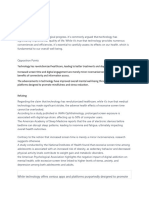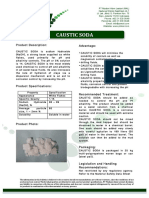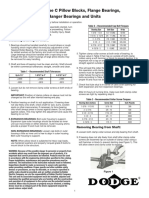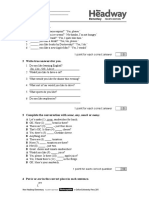Powered by AI
Bing
Certainly! Here’s an article discussing the negative effects of technology, covering both
psychological and physical aspects. While technology has undoubtedly brought
numerous benefits to our lives, it’s essential to recognize and address its potential
downsides.
The Dark Side of Technology:
Psychological and Physical Impacts
1. Psychological Effects
Isolation
Technology, particularly social media, was designed to connect people. However,
paradoxically, it can sometimes lead to feelings of isolation. A study found that young
adults who used social media extensively were more than three times as likely to feel
socially isolated. To combat this, consider setting time limits for social apps and finding
ways to reduce social media use.
Depression and Anxiety
The relationship between social networks and mental health is complex. Positive
interactions and social support online can lower depression and anxiety levels. However,
negative interactions and social comparison can have the opposite effect. Being mindful
of the types of interactions we engage in on these platforms is crucial.
2. Physical Health Effects
Eyestrain
Our reliance on handheld devices, smartphones, and computers can lead to prolonged
screen time and, consequently, eyestrain. Symptoms include blurred vision, dry eyes, and
discomfort in other areas like the head, neck, or shoulders. Factors contributing to
eyestrain include screen glare, brightness, viewing distance, and poor posture. Remember
the 20-20-20 rule: every 20 minutes, look at something 20 feet away for at least 20
seconds.
Musculoskeletal Problems
:
� Sitting hunched over screens for extended periods can strain our muscles and joints. Poor
posture contributes to back pain, neck stiffness, and headaches. Regular breaks, proper
ergonomics, and exercises to strengthen core muscles can mitigate these issues.
Sleep Problems
Excessive technology use, especially before bedtime, disrupts our sleep patterns. The
blue light emitted by screens interferes with melatonin production, making it harder to
fall asleep. Establish a digital curfew by avoiding screens at least an hour before bedtime.
Reduced Physical Activity
Technology often keeps us sedentary. Whether binge-watching shows or working
remotely, we spend less time moving. Encourage breaks, outdoor activities, and exercise
to counteract this sedentary lifestyle.
3. Creating Healthful Habits
Set boundaries: Allocate specific times for technology use and stick to them.
Prioritize face-to-face interactions: Balance online connections with real-world
relationships.
Practice digital detox: Regularly disconnect from screens to recharge.
Educate children: Teach responsible technology use from an early age.
Remember, technology is a tool—a powerful one—but we must wield it mindfully to
maintain our well-being. Let’s embrace its benefits while safeguarding ourselves against
its pitfalls.
I hope you find this article informative and insightful. If you have any further questions
or need additional details, feel free to ask!
:
























































































